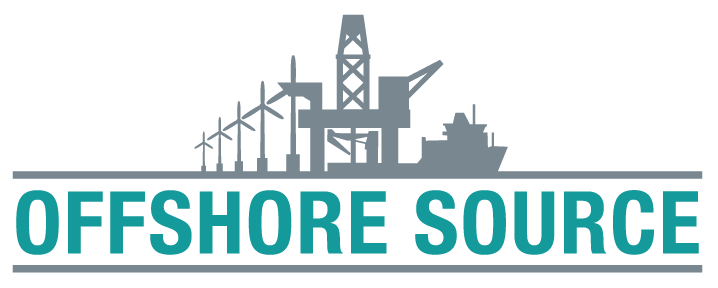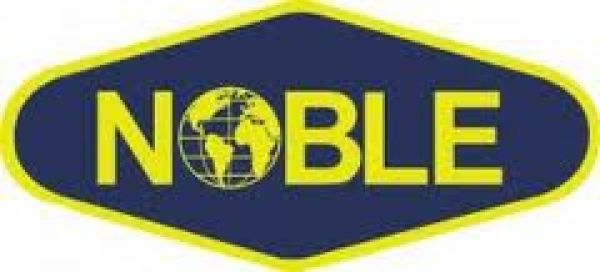 Aker Solutions will split into two companies to speed up a streamlining process that will reduce costs and better position all parts of the group to meet the needs of customers in an increasingly competitive global energy industry.
Aker Solutions will split into two companies to speed up a streamlining process that will reduce costs and better position all parts of the group to meet the needs of customers in an increasingly competitive global energy industry.
The Subsea, Umbilicals, Engineering and Maintenance, Modifications and Operations (MMO) areas will form a new company under the Aker Solutions name. The company will be more strategically aligned, have a narrower focus and deeper synergies to strengthen its leading position through its unique subsea technology and state-of-the-art offshore field design.
The other units, including Drilling Technologies, Aker Oilfield Services and Process Systems, will be developed independently as part of a new oil-services investment company, named Akastor. These business areas, which have significant operational, technological and commercial differences, will have greater strategic freedom to develop individually through both organic growth and transactions.
The split, which will take place as a spin-off of the new Aker Solutions, is scheduled to occur around the end of September. Both companies will be listed on the Oslo stock exchange.
"The new Aker Solutions will be a leaner and more focused company that will be able to offer customers the unique and cost-effective technology and design they need to succeed," Executive Chairman Øyvind Eriksen said. "The company will, through a commitment to operational excellence and organic growth, be better placed to build on its leading position in the fastest growing areas of the global energy markets."
Shareholders will get one new Aker Solutions share for each stock held in the existing company at the time of the separation. They will also keep their shares in the remaining business, which will be renamed Akastor at the time of the split, ensuring that the existing shareholder structure is implemented in each company.
The transaction has met with approval from Aker Solutions' largest shareholders, Aker Kværner Holding and Aker ASA. An extraordinary general meeting will be held in August to vote on the separation.
"We are taking a major step in a transformation that began 12 years ago with the merger of Kværner and Aker Maritime," said Eriksen. "After this transaction and the 2011 Kværner spin-off, we will have created three distinct companies to service the global energy industry, providing offshore construction, unique subsea technology and field design and oilfield services. We have also divested NOK 12 billion in assets as part of the process."
New Management
Luis Araujo, the regional president for Aker Solutions in Brazil, will be chief executive officer of the new Aker Solutions. Frank Ove Reite, currently managing partner at Converto, will become CEO of Akastor. Øyvind Eriksen will remain chairman of the board of Aker Solutions.
"While I will continue to play an active role as chairman, it is time for new leadership to take these companies forward," Eriksen said. "Luis has proved more than capable in managing our expansion in Brazil and will provide inspired leadership as the new Aker Solutions builds on its success in the subsea and deepwater markets. Frank has a long experience within the Aker group and is excellent at developing businesses and pushing them toward their full potential. I look forward to working closely with Luis and Frank to unlock the great values in both companies."
Leif Borge, current chief financial officer of Aker Solutions, will be CFO of Akastor. Svein Oskar Stoknes, who heads the subsea area's finance function, will take on the role as CFO of the new Aker Solutions.
Synergies
The new Aker Solutions will be streamlined to focus on the fast-growing deepwater and subsea oil-services markets and in areas with operational, commercial and strategic similarities. There will be a swifter realization of synergies as the subsea and field design areas share the same customers and main markets. The company will have a simpler strategy focused on value creation through technological development, organic growth and operational excellence. It will be uniquely positioned to design, equip, build and maintain the future subsea production factory and will build on its expertise within project execution and offshore field design.
"The new Aker Solutions will benefit from greater synergies and a more coordinated customer approach, leading to a stronger market position and higher and more predictable returns on capital," said Eriksen.
The Akastor management team has extensive experience in developing companies and creating value through operations, restructuring and transactions. The company will provide a structure where the businesses Drilling Technologies, Aker Oilfield Services, Process Systems, Surface Products and Business Solutions will be developed as largely independent entities with management teams, boards of directors and strategies aimed at maximising their value. Each company will have greater strategic and transactional freedom because it will no longer be constrained by the competing needs of other businesses. The entities will be able to focus marketing efforts on core customers and invest strategically. Akastor will also hold financial and real estate assets representing about 20 percent of the company's balance sheet.
Drilling Technologies will be the largest business within Akastor, accounting for about 60 percent of the earnings and workforce.
"There is a strong industrial logic underpinning this move," Eriksen said. "The businesses that will make up Akastor have significant operational, technological and commercial differences that have prevented them from achieving synergies with the other businesses in Aker Solutions. Through this separation, we will be able to more fully realize the industrial and return potential of all our business areas and create value for our shareholders."
.


 Aker Solutions
Aker Solutions Noble Corporation
Noble Corporation NYC-based
NYC-based